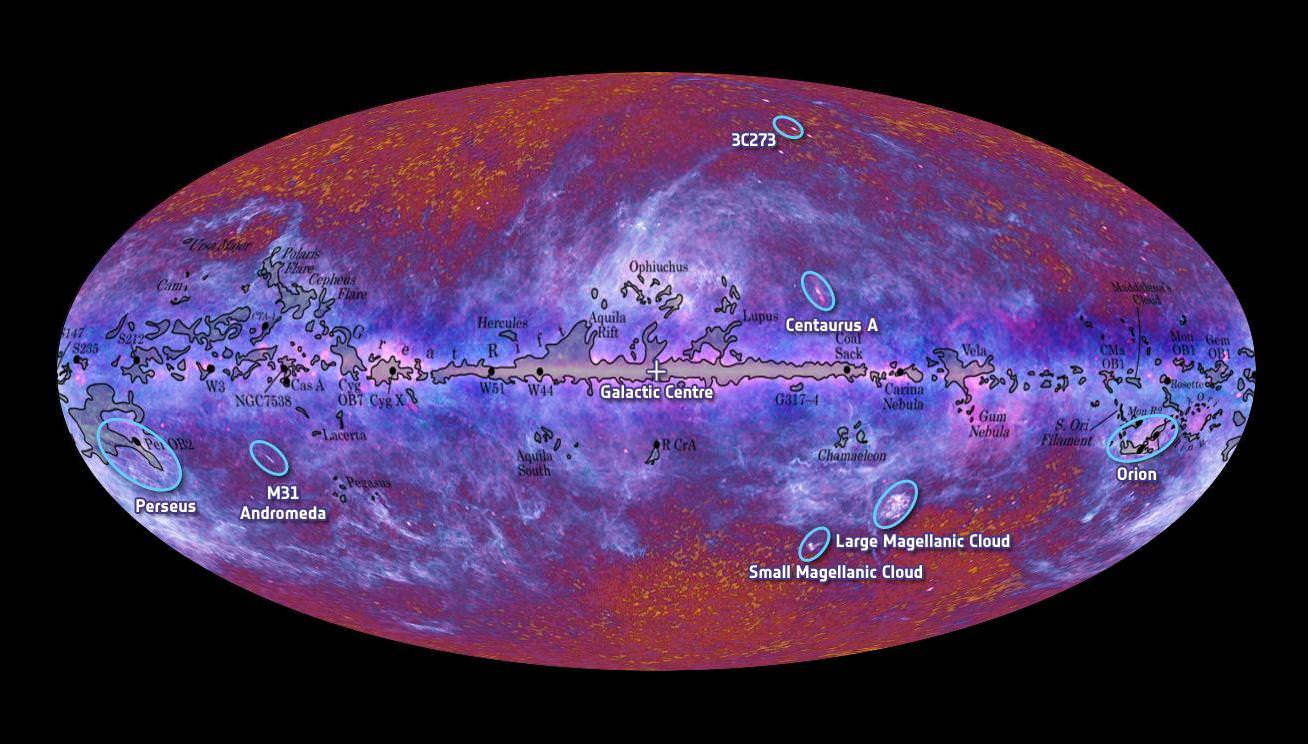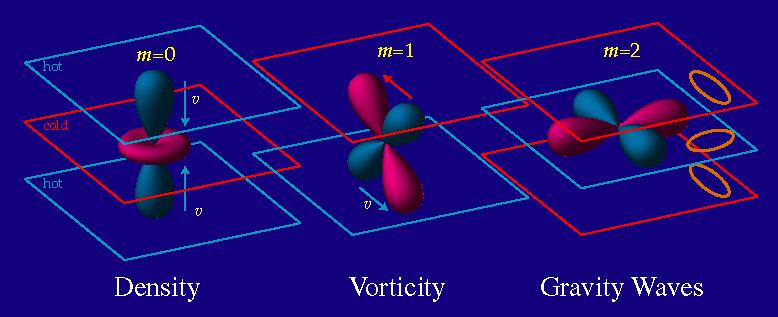Technology Review | the physics arXiv blog | 09 Sept 2010
Observational evidence favours a static universe - DF CrawfordA static universe better explains the properties of the cosmos than the Big Bang and avoids the nagging problems of dark matter and dark energy, according to a new cosmology
The idea that the universe began in an event called the Big Bang some 13 billion years ago has a special place in science and in our society. We like the idea of a beginning.
And the evidence is persuasive. Distant galaxies all appear to be moving away from us at great speed, which is exactly what you'd expect if they were created in a Big Bang type event many billions of years ago. Such an event might also have left an echo, exactly like the one we can see as the cosmic microwave background radiation.
The Big Bang seems so elegant an explanation that we're prepared to overlook the one or two anomalies that don't quite fit, like the fact that distant galaxies aren't travelling fast enough to have moved so far since the Big Bang, a problem that inflation was invented to explain. Then there are the problems of dark matter and dark energy, which still defy explanation.
So a legitimate question, albeit an uncomfortable one, is whether there is an alternative hypothesis that also explains the observations. We looked at one here and today, David Crawford at the University of Sydney in Australia gives us another. He says all this can be explained just as well by a static universe in which spacetime is curved. He says this explains most of the major characteristics of our universe without the need for dark matter or dark energy. Neither is there any need for inflation in a static universe.
Of course, he has to make one or two new assumptions but he argues these are no more difficult to swallow than things like inflation which we have to accept in the Big Bang model. His main idea, which he has championed for a couple of years now, is that the redshift associated with disant galaxies is caused by the interaction of photons with other low energy photons in curved space, an idea called the tired-light model.
For such an effect to operate, space would have to be filled with a high temperature plasma which would be easily identified by the light it emits. Crawford says the observed x-ray background radiation between 10 and 300 keV could easily be the signature of such a plasma. The cosmic microwave background, he says, can also be explained like this: it is by high energy electrons in this plasma that interact with photons passing through.
Redshift data is also used to infer the rotation rates of galaxies. These seem to be spinning so fast that they ought to fly apart--so astronomers have hypothesised that they must contain mountains of dark matter to provide the gravitational tug to hold them together. Crawfrod says this problem disappears is the redshift effect comes not from the movement of the galaxies but from the new plasma effect in curved space between here and there. A similar kind of reasoning does away with the need for dark energy too.
And Crawford says his model explains at least one thing that leaves conventional cosmologists scratching their heads: the strange deceleration of the Pioneer spacecraft at the edge of the Solar System. This, he says is caused by the interaction between the spacecraft, the cosmic plasma and interplanetary dust, which must be a little denser than current estimates.
Crawford has certainly give his ideas some careful thought and there are plenty of strands of evidence he calls upon; we've looked at only a few here. He says curvature redshift is testable in the lab although the paper is a little light on details.
It's certainly an unusual take and a sterling effort. And it's one of a growing number of new ideas that suggest the Big bang is an idea too far. For example we looked at an even stranger model just a few weeks weeks ago.
But abandoning the Big Bang is something most cosmologists will find difficult to do, which means Crawford is set to get some stick over his ideas. Exactly how they attack his model will be fascinating to watch.
- arXiv.org > astro-ph > arXiv:1009.0953 > 05 Sep 2010
<-- PreviousThe common attribute of all Big Bang cosmologies is that they are based on the assumption that the universe is expanding. However examination of the evidence for this expansion clearly favours a static universe. The major topics considered are: Tolman surface brightness, angular size, type 1a supernovae, gamma ray bursts, galaxy distributions, quasar distributions, X-ray background radiation, cosmic microwave background radiation, radio source counts, quasar variability and the Butcher--Oemler effect. An analysis of the best raw data for these topics shows that they are consistent with expansion only if there is evolution that cancels the effects of expansion. An alternate cosmology, curvature cosmology, is in full agreement with the raw data. This tired-light cosmology predicts a well defined static and stable universe and is fully described. It not only predicts accurate values for the Hubble constant and the temperature of cosmic microwave background radiation but shows excellent agreement with most of the topics considered. Curvature cosmology also predicts the deficiency in solar neutrino production rate and can explain the anomalous acceleration of Pioneer 10.

